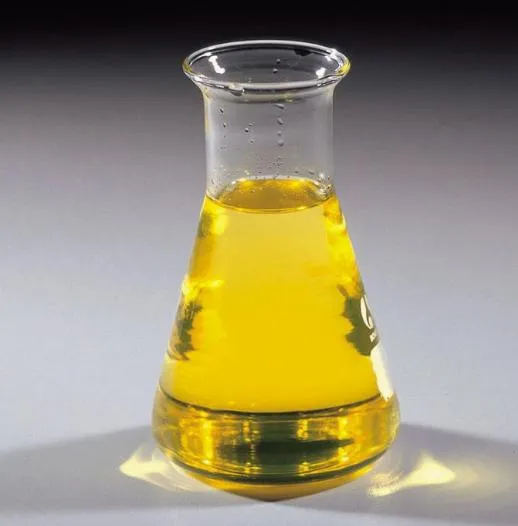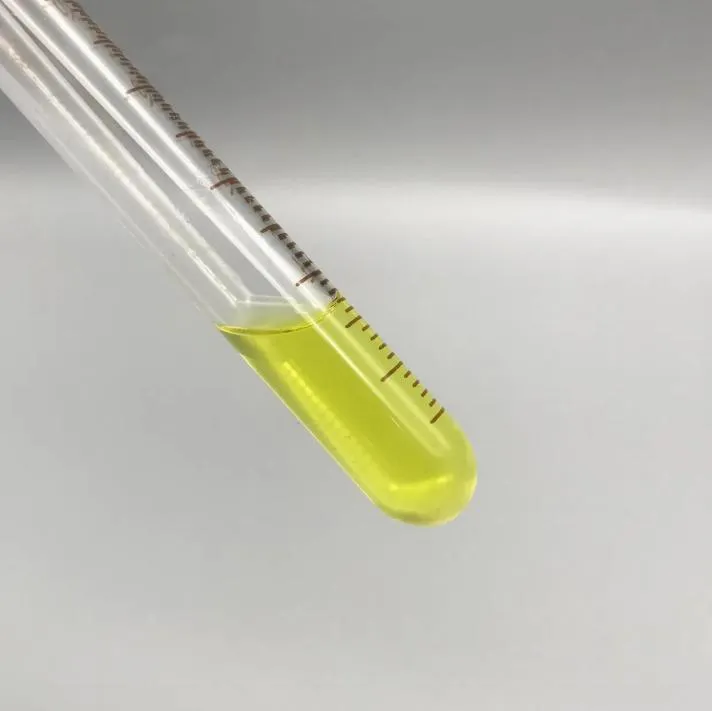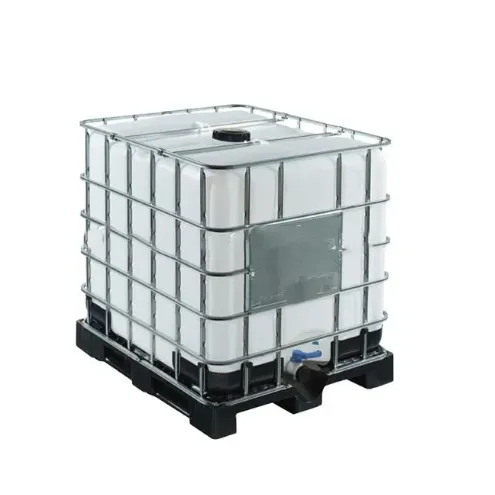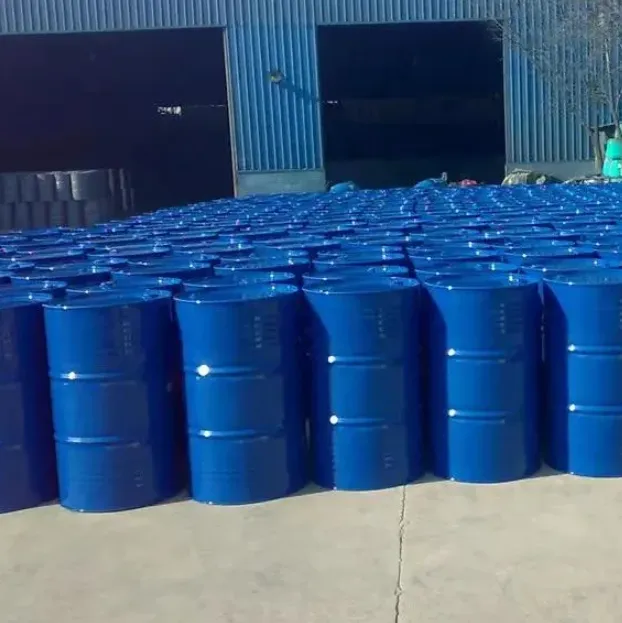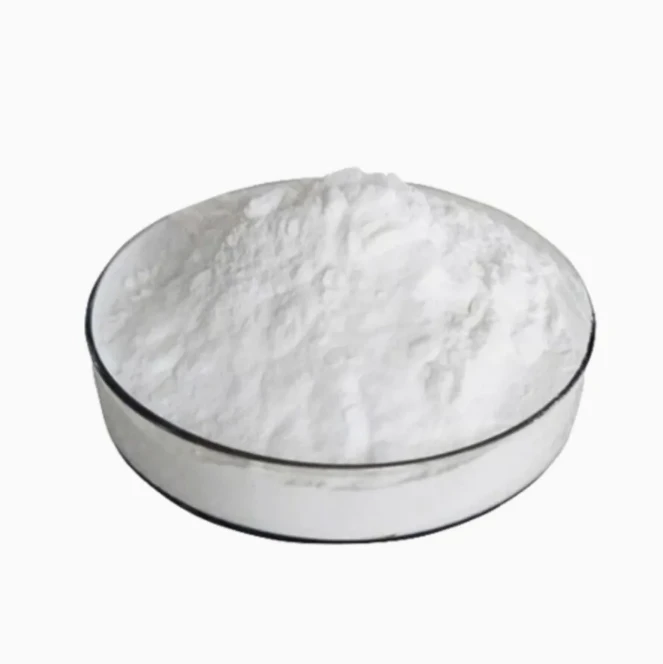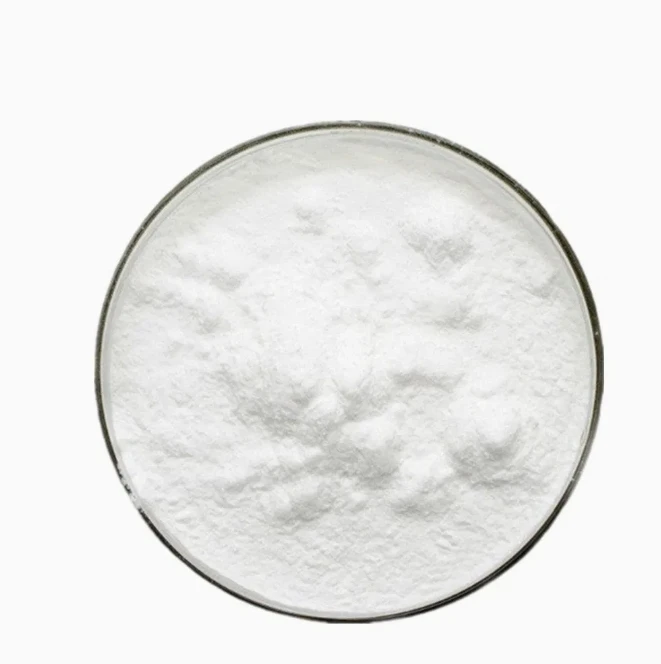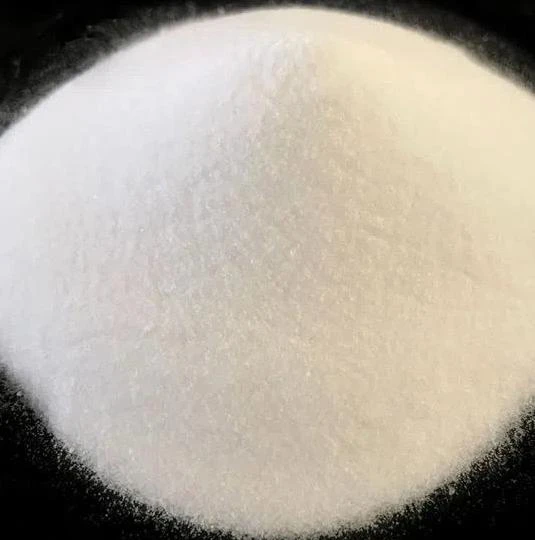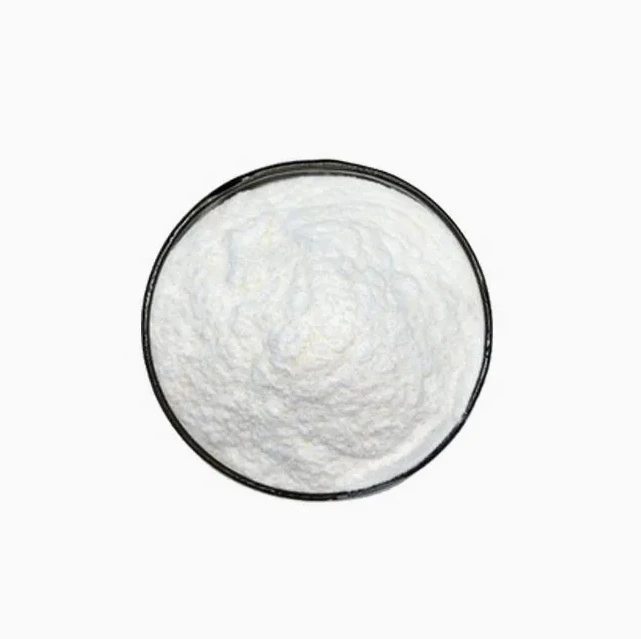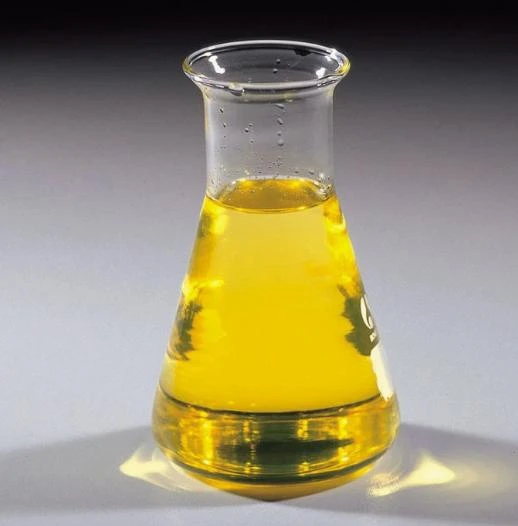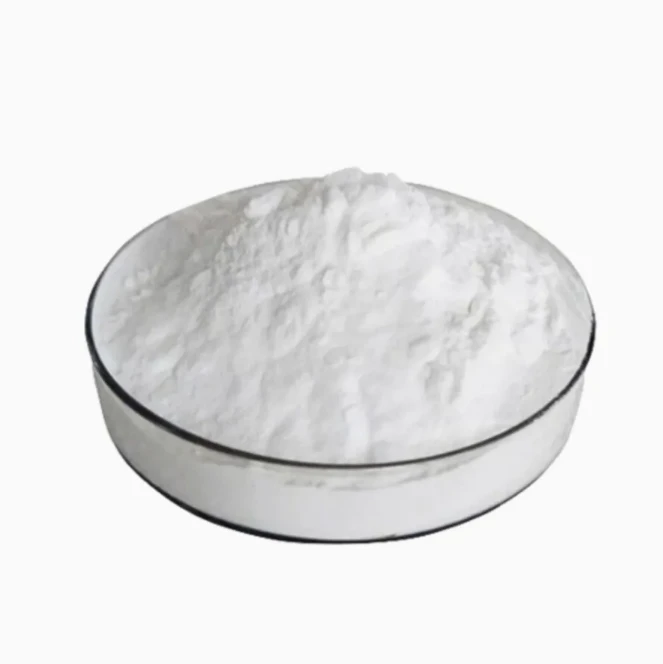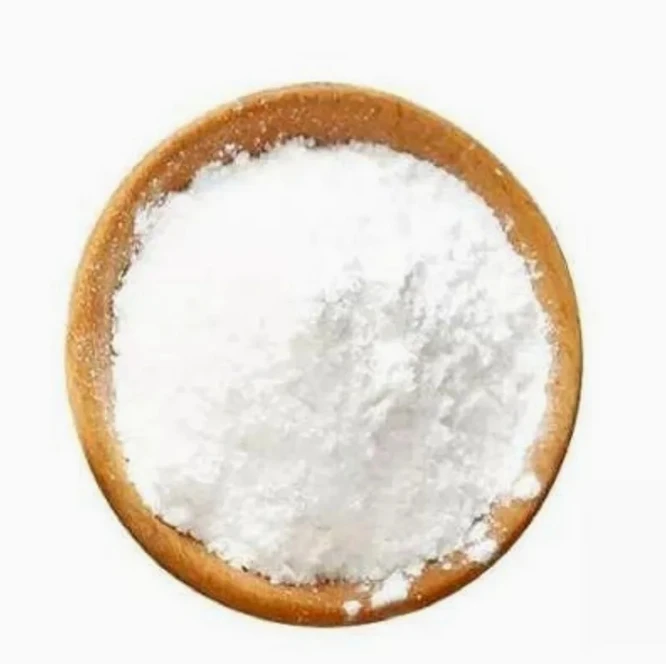Warning: Undefined array key "title" in /home/www/wwwroot/HTML/www.exportstart.com/wp-content/themes/1198/header.php on line 6
Warning: Undefined array key "file" in /home/www/wwwroot/HTML/www.exportstart.com/wp-content/themes/1198/header.php on line 7
Warning: Undefined array key "title" in /home/www/wwwroot/HTML/www.exportstart.com/wp-content/themes/1198/header.php on line 7
Warning: Undefined array key "title" in /home/www/wwwroot/HTML/www.exportstart.com/wp-content/themes/1198/header.php on line 7
- Moafrika
- Sealbania
- Seamharic
- Searabia
- Searmenia
- Se-Azerbaijani
- Sebasque
- Sebelarusia
- Benghali
- Sebosnia
- Se-Bulgaria
- Secatalan
- Sebuano
- China
- China (Taiwan)
- Corsican
- Secroatia
- Czech
- Sedanishe
- Se-Dutch
- Senyesemane
- Esperanto
- Seestonia
- Sefinnishe
- Sefora
- Sefrisia
- Segalician
- Segeorgia
- Sejeremane
- Segerike
- Segujarati
- Secreole sa Haiti
- hausa
- siwaiian
- Seheberu
- Che
- Miao
- Se-Hungary
- Seiceland
- igbo
- Seindonesia
- irish
- Setaliana
- Sejapane
- Se-Javanese
- Kannada
- kazakh
- Khmer
- Rwanda
- Sekorea
- Sekurdish
- Sekyrgyz
- Lefuba
- Selatine
- Selatvia
- Selithuania
- Se-Luxembourgish
- Semacedonia
- Malgashi
- Semalay
- Semalayalam
- Semalta
- Semaori
- Marathi
- Mongolian
- Myanmar
- tsa Nepali
- Norwegian
- Norwegian
- Occitan
- Sepashto
- Sepersia
- Sepolishe
- Sepotoketsi
- Sepunjabi
- Seromania
- Serussia
- Sesamoa
- Segaeli sa Scotland
- Seserbia
- Senyesemane
- Seshona
- Sindhi
- Sesinhala
- Seslovak
- Seslovenia
- Somalia
- Sepanish
- Sesundanese
- Seswahili
- Seswedishe
- Setagalog
- Se-Tajik
- Setamil
- Setatare
- Setelugu
- Sethai
- Se-Turkey
- Turkmen
- Seukraine
- Seurdu
- Uighur
- Seuzbek
- Sevietnam
- Welsh
- Thusa
- Yiddish
- Yoruba
- Sezulu
dimethyl cyclopentane-1,3-dicarboxylate CAS 2435-36-1
Methyl 1, 3-cyclopentadicarboxylate.
Nature:
Methyl 1, 3-cyclopentadicarboxylate is a colorless to slightly yellow liquid. It has strong solubility and is soluble in many organic solvents, such as alcohols and ethers.
Preparation method:
Methyl 1, 3-cyclopentarboxylate can be produced through the esterification reaction of cyclopentarboxylic acid and methanol. The reaction is generally carried out under heating and acidic conditions. Common catalysts include sulfuric acid and hydrochloric acid. The product can be obtained through distillation purification after the reaction.
Security information:
Methyl 1, 3-cyclopentadicarboxylate is generally safe under normal usage conditions. It is volatile and may cause irritation to the eyes, skin and respiratory system. When in use, appropriate protective equipment such as gloves and goggles should be worn. During operation, avoid inhaling its vapor or contact with skin and eyes. In case of contact, immediately rinse the affected area with plenty of water and seek medical attention for further treatment.
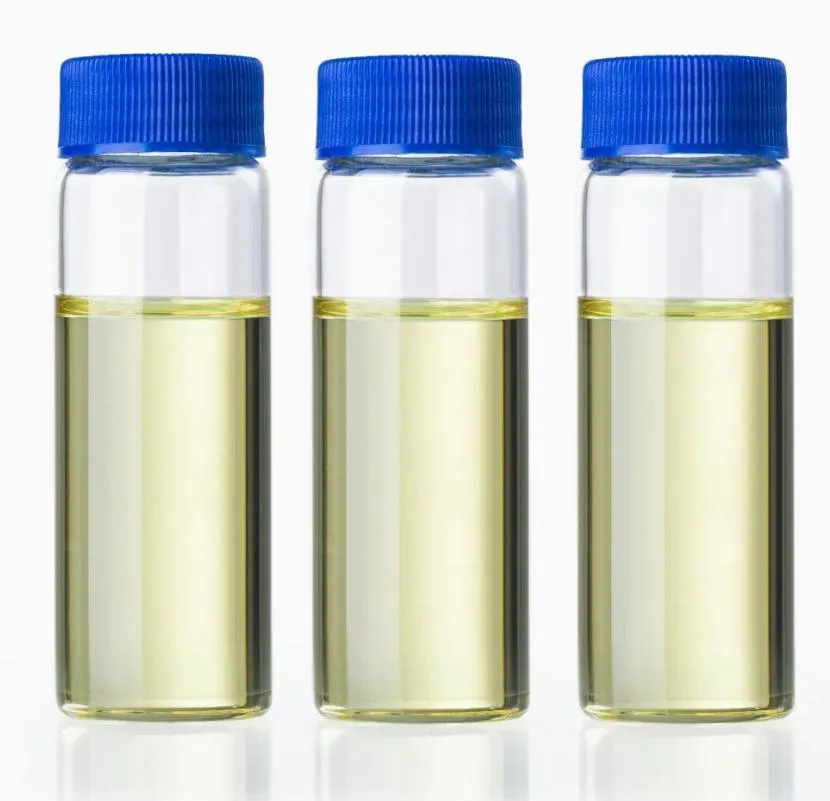
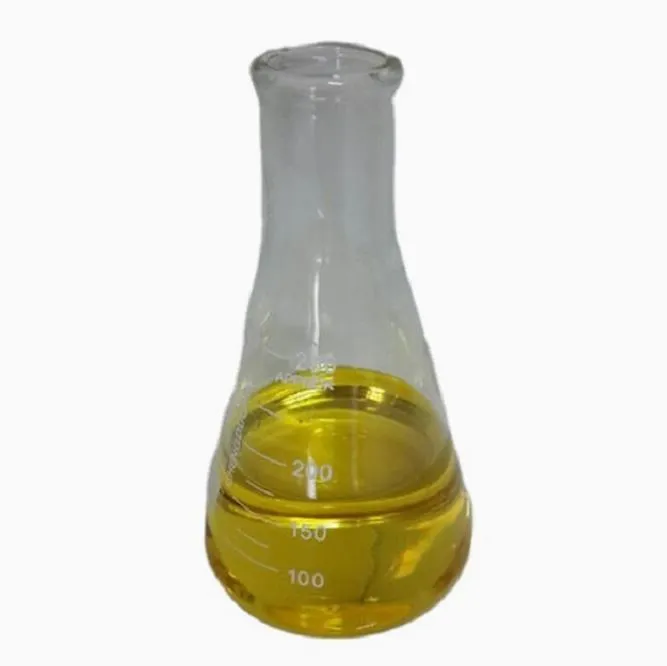
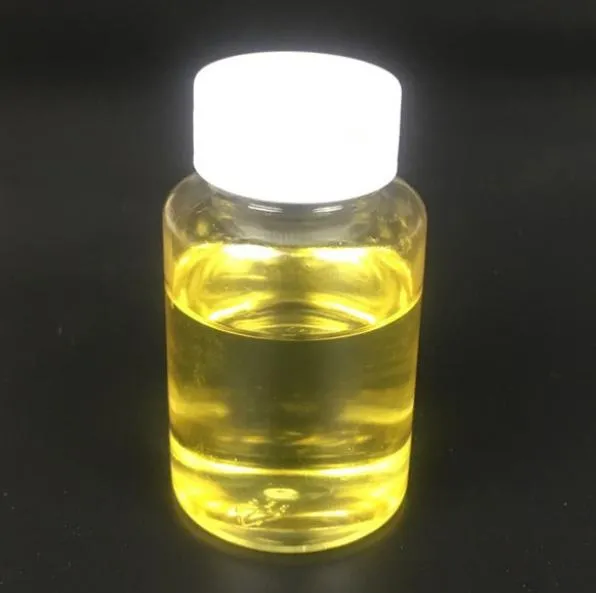
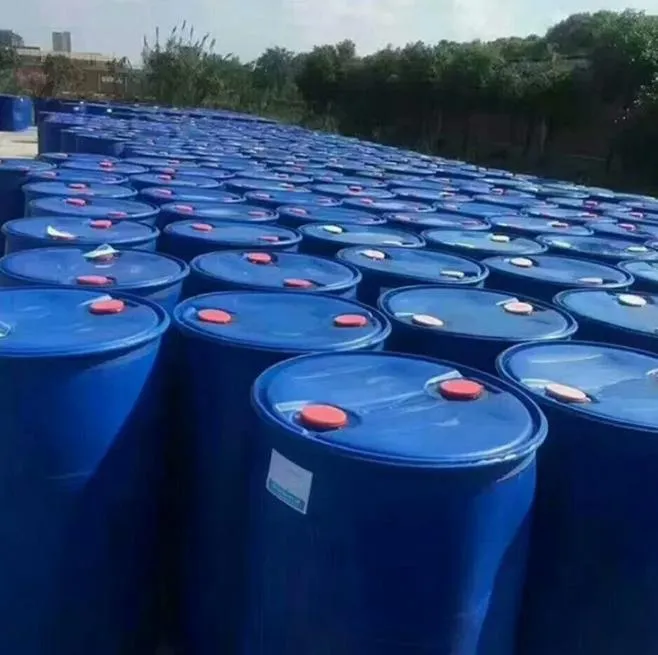
Purpose:
Methyl 1, 3-cyclopentadicarboxylate is often used as an important intermediate in organic synthesis. It can also be used to prepare glycerol cycloglutarate, a compound that serves as a plasticizer and plasticizer.
Re na le lifeme tse ngata tsa boleng bo holimo tse nang le tšebelisano e tebileng, tse ka u fang lihlahisoa tsa boleng bo holimo le litheko tsa tlholisano. Hape re ka fana ka litheolelo bakeng sa ho reka ka bongata.'Me re sebelisana le lik'hamphani tse ngata tsa litsebi tse tsamaisang thepa, li ka isa lihlahisoa ka mokhoa o sireletsehileng le ka thelelo matsohong a hau. Nako ea ho fana e ka ba matsatsi a 3-20 ka mor'a hore ho netefatsoe tefo.




| Molecular Formula | C9H14O4 |
| Molar Mass | 186.21 |
| Density | 1.135 |
| Boling Point | 241℃ |
| Flash Point | 113℃ |
| Solubility | Chloroform (Slightly), Ethyl Acetate (Slightly) |
| Vapor Presure | 0.037mmHg at 25°C |
| Ponahalo | Oil |
| Color | Clear Colourless |
| Storage Condition | Sealed in dry,Room Temperature |
| Refractive Index | 1.461 |

1. Na u feme kapa k'hamphani ea khoebo?
Re komnay e kopanyang indasteri le khoebo, ho fana ka ts'ebeletso e le 'ngoe.OEM e ka amoheloa.
2. O fana ka mehlala? Na ke mahala kapa ho feta?
Mehlala ea mahala. Tefiso ea thepa ea sampole e hloka ho lefuoa ka lehlakore la hau.
3. O na le litifikeiti tse amanang le taolo ea boleng?
Setifikeiti sa ISO 9001:2008 ho netefatsa boleng.
4. Ke fane ka eng ho fumana khotheishene?
Pls re tsebise ka mofuta oa sehlahisoa seo u se hlokang, bongata ba odara, aterese le litlhoko tse ikhethileng. Khotheishene e tla etsoa bakeng sa referense ea hau ka nako.
5. U khetha mofuta ofe oa mokhoa oa ho lefa? Ke mantsoe a mofuta ofe a amoheloang?
Melao e Amoheletsoeng ea Thomello: FOB,CFR,CIF,EXW;
Chelete ea Tefo e Amoheletsoeng: USD;
Accepted Payment Type: T/T,Western Union; Paypal,BTC
Puo e Builoeng: Senyesemane.
Lihlopha tsa lihlahisoa
-
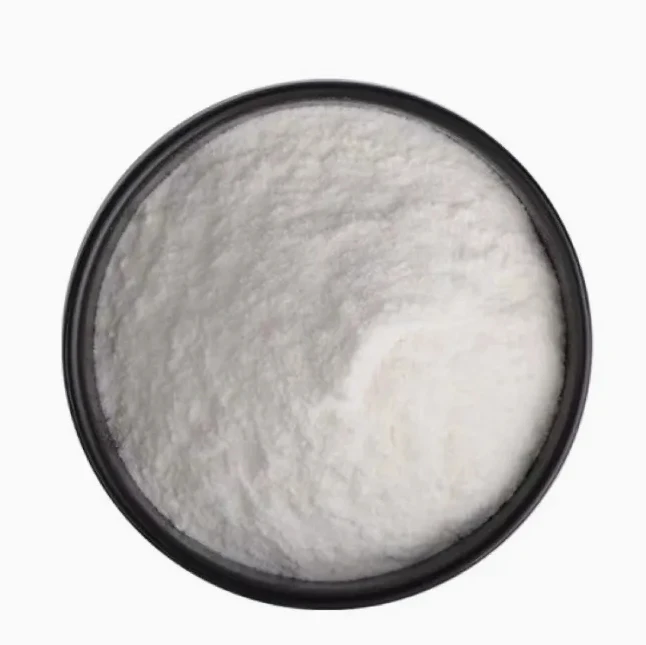 May . 27, 2025CyflufenamidRecent agricultural news: The new fungicide cyfluthrin is making waves in the field of crop disease control. This compound belongs to the isopropanolamide class of fungicides, which have been recognized for their effectiveness in controlling a variety of fungal pathogens that threaten crops around the world.
May . 27, 2025CyflufenamidRecent agricultural news: The new fungicide cyfluthrin is making waves in the field of crop disease control. This compound belongs to the isopropanolamide class of fungicides, which have been recognized for their effectiveness in controlling a variety of fungal pathogens that threaten crops around the world. -
 May . 23, 2025O-Vanillin: A rising star in the flavors and fragrances industryIn recent months, ortho-vanillin has emerged as a key player in the flavoring and fragrance space, attracting the attention of many manufacturers and consumers. This vanillin derivative is gaining popularity due to its unique properties and versatility in a variety of applications.
May . 23, 2025O-Vanillin: A rising star in the flavors and fragrances industryIn recent months, ortho-vanillin has emerged as a key player in the flavoring and fragrance space, attracting the attention of many manufacturers and consumers. This vanillin derivative is gaining popularity due to its unique properties and versatility in a variety of applications. -
 May . 13, 20252025 European Fine Chemicals Exhibition in GermanyThe much-anticipated Fine Chemicals Europe 2025 will be held in Germany from June 4 to 5, 2025. The event will bring together industry leaders, innovators and stakeholders in the fine chemicals sector, providing a unique platform for networking, collaboration and showcasing the latest advances in the field.
May . 13, 20252025 European Fine Chemicals Exhibition in GermanyThe much-anticipated Fine Chemicals Europe 2025 will be held in Germany from June 4 to 5, 2025. The event will bring together industry leaders, innovators and stakeholders in the fine chemicals sector, providing a unique platform for networking, collaboration and showcasing the latest advances in the field.


